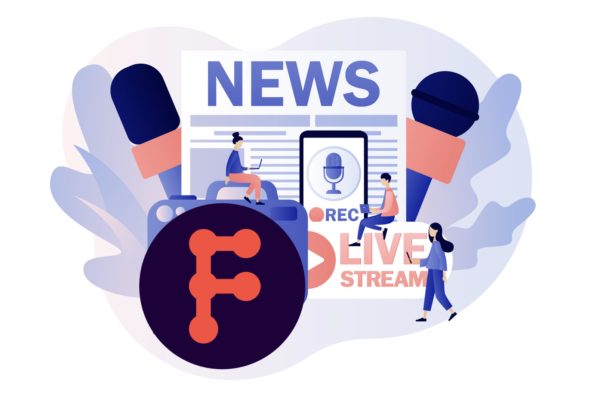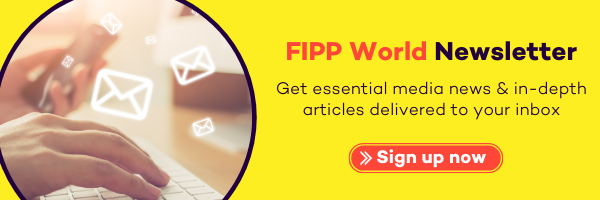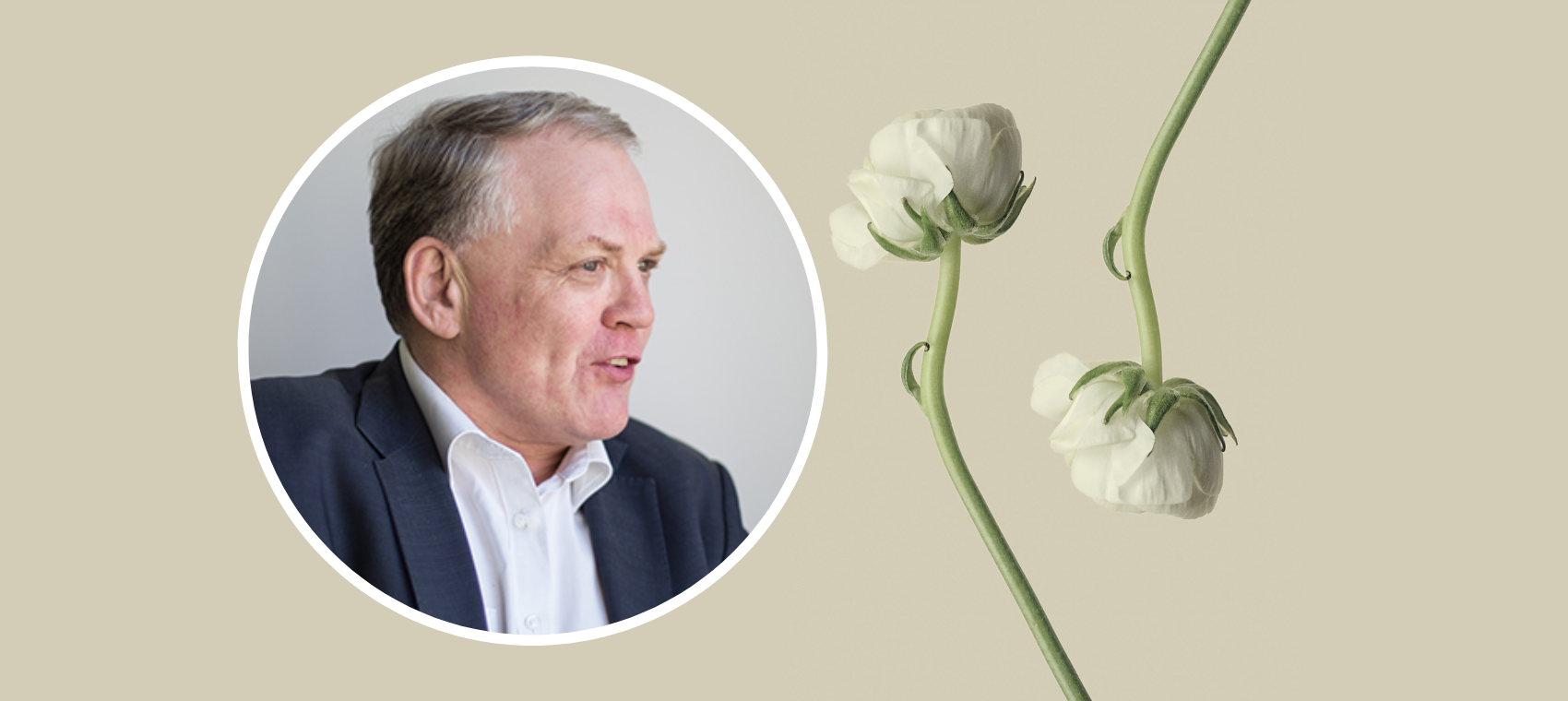FIPP in the News: Industry coverage of the D2C Summit
The FIPP Direct-to-Consumer Summit, in partnership with Peninsula Strategies’ Robbie Baxter, was launched last month. The event proved to be a hugely popular addition to the FIPP calendar, with guests dialling into the virtual programme – both live and on-demand – around the world. The sessions provided huge talking points, with many being covered by the industry press, and we have outlined some of those stories here.
Publishers who fail to understand reader data will ‘wither and die’ say Times and Express digital leaders
Former Times and Sunday Times head of digital Alan Hunter, who led the broadsheet’s digital transformation to a successful paid model until his departure this spring, said looking at the needs of the user rather than the producer of the journalism would be a key theme of the next five to ten years. Hunter told the FIPP D2C summit last week: “We are entering the decade of data and the publishers that do follow the data will succeed and those that don’t I’m afraid will not, they will wither and die.”
Charlotte Tobitt, Press Gazette, full article here.
Why German newspaper Bild is looking to venture into TV news
A central theme across the recent FIPP D2C Summit was revenue diversification. The message was clear: digital publishers cannot be reliant on one or two sources income that can easily disappear such as advertising revenue. At the same time, it is crucial to pick the best business opportunities to capitalise on.
“If there really is something that might be disruptive [in the industry], let’s do it ourselves and not wait for our [competitors] to do it first,” said Carolin Hulshoff Pol, managing director of Bild Group, speaking at the event.
Jacob Granger, Journalism.co.uk, full article here.
Subscription strategy lessons from The Atlantic, Bloomberg and Business Insider
For an organisation founded in 1857, The Atlantic sure left it late to launch a subscription model in late 2019. By this point, CEO Nicholas Thompson’s previous titles The New Yorker (2014) and Wired (2018) had already rolled out similar offerings.
When it did go live with its subscription model, however, sign-ups went through the roof. Since launching, it has secured 400k digital subscribers. “It makes sense to have an alternative,” said Thompson, referring to advertising revenue which is not just less available, but now has higher demands to package it into other mediums like podcasts and video. The Atlantic was also “trapped by all the success of its digital website”.
Jacob Granger, Journalism.co.uk, full article here.
Additionally, FIPP President & CEO James Hewes this week sat down with What’s New In Publishing, to talk about the diversification of publishing strategies in the post-pandemic era. Joined by Bo Sacks, Samir Husni, Joe Berger, Sherin Pierce, and Gemma Peckham, the group discussed current trends, including FIPP’s own evolution from magazine association when it was first launched in 1925 to the diverse media organisation that stretches around the world today:
“Five years ago the main reason people joined FIPP was to do cross-border publishing deals,” said Hewes during the roundtable. “Leading up to the pandemic and accelerated in pandemic the shift has been to learning. We added new services, including a training business and a consulting business; for example, we just started a five-module course on digital subscriptions, which is free to members. We’re not for profit, and we add the commercial bit to keep costs down for members. The networking part is more bespoke, where we facilitate meetings and conversations cross borders.”
Linda Ruth, What’s New In Publishing, full article here.











